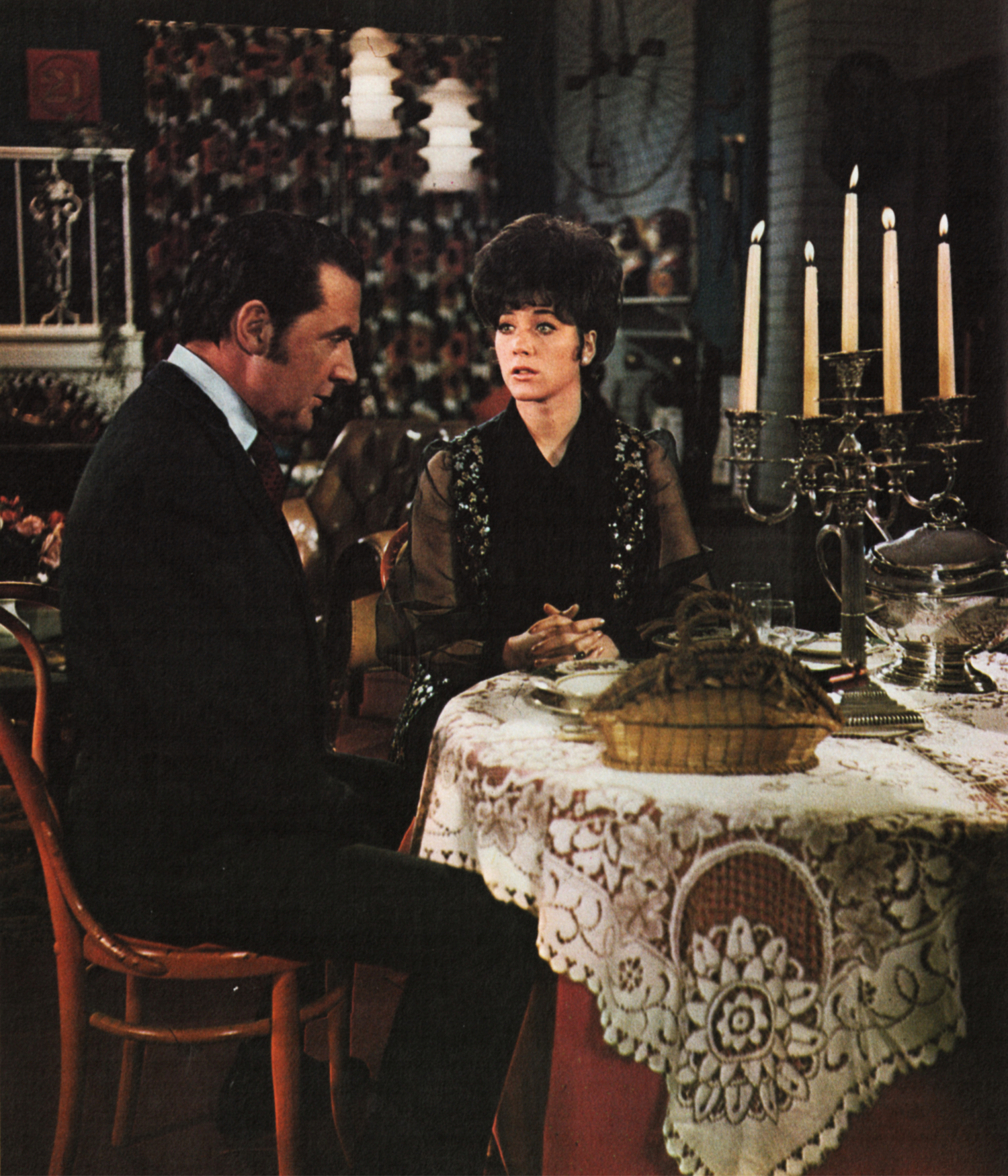The term UHF means ‘ultra high frequencies’ and in this connection refers to television stations operating in Bands IV and V. That is in Channels 21 to 34 and 39 to 68, using radio frequencies between 470 and 850 Megahertz.
The term VHF means ‘very high frequencies’ and refers to television stations in Band III (Channels 6 to 13, using frequencies between 174 and 216 Megahertz).
The ‘405-line system’ is the television system or ‘standard’ used in Great Britain since 1936, and currently used for all VHF television stations in Bands I and III.
Adoption of the alternative ‘625-line system’ as the primary British television system of the future resulted from official Government planning for British television, and has been in use for British UHF television transmissions since 1964.
The difference in line structure (i.e. number of horizontal lines making up the picture) between the 405 and 625-line systems is only one of a considerable number of differences between the two standards.
Eventually, the 625-line system may be used in the United Kingdom for VHF transmissions, as well as for UHF, but this is unlikely to happen for many years yet, during which the 405-line standard will continue to be used on VHF.
A ‘single standard’ receiver is a set intended for reception of pictures on only one standard. At one time this usually meant 405-line-only sets, but now often means 625-line-only sets.
A ‘dual standard’ receiver means a set capable of receiving both the 405-line and 625-line transmissions.
All British colour television transmissions are on 625-lines in UHF using a ‘compatible’ colour system which means that the pictures can also be received in black-and-white on a black-and-white-only receiver. Colour receivers can similarly pick up black-and-white-only transmissions and display them in black-and-white (‘reverse compatibility’).


